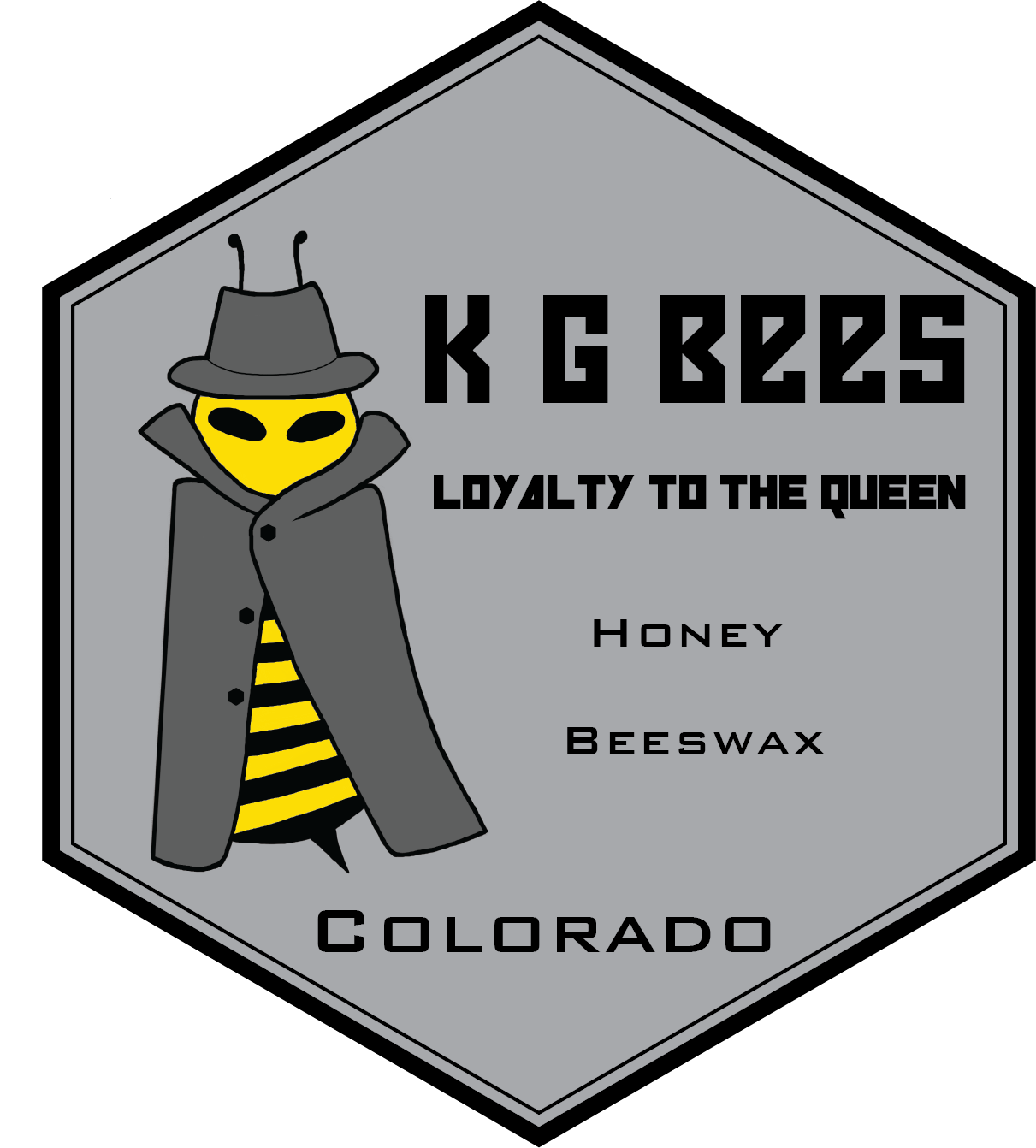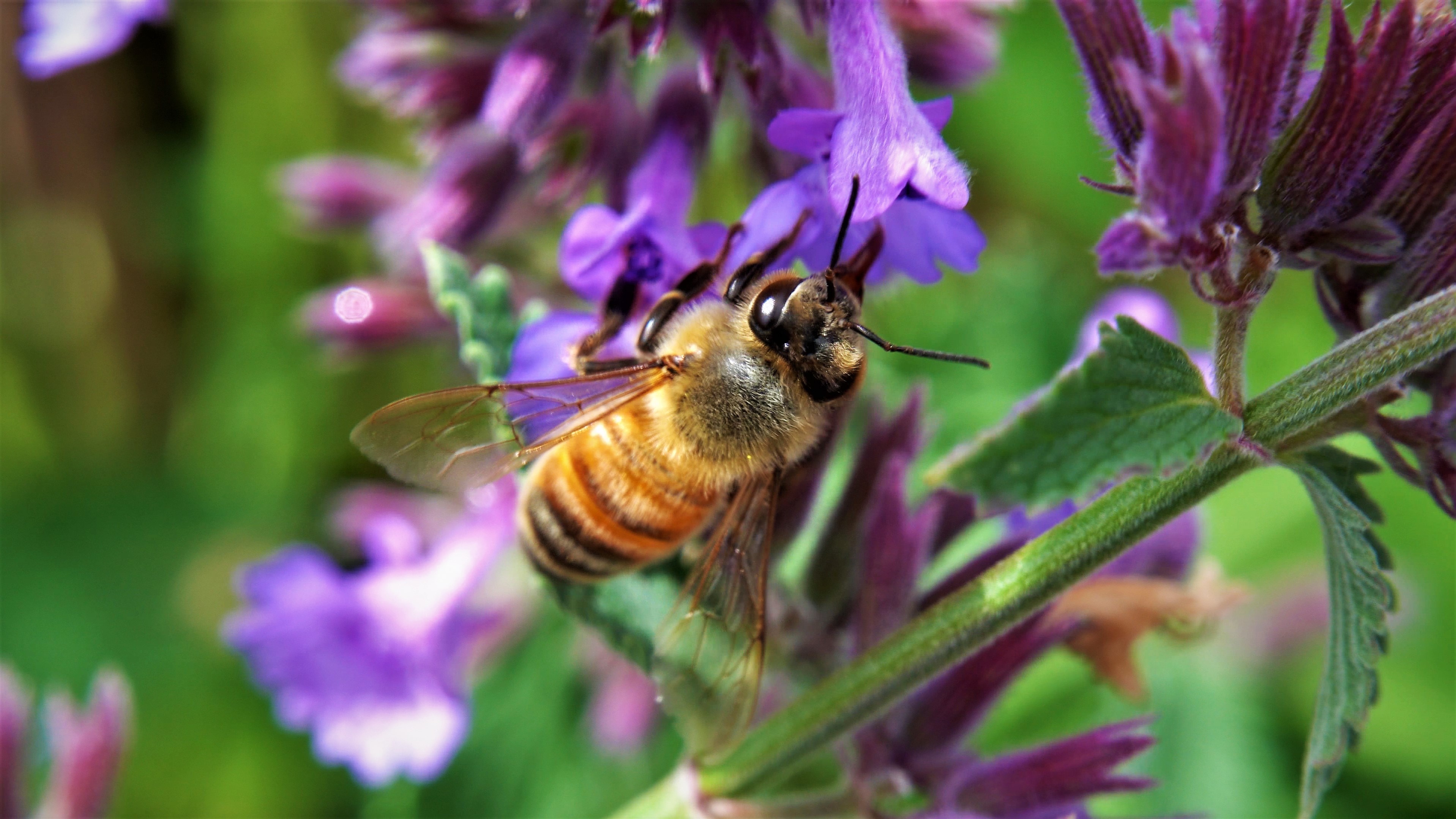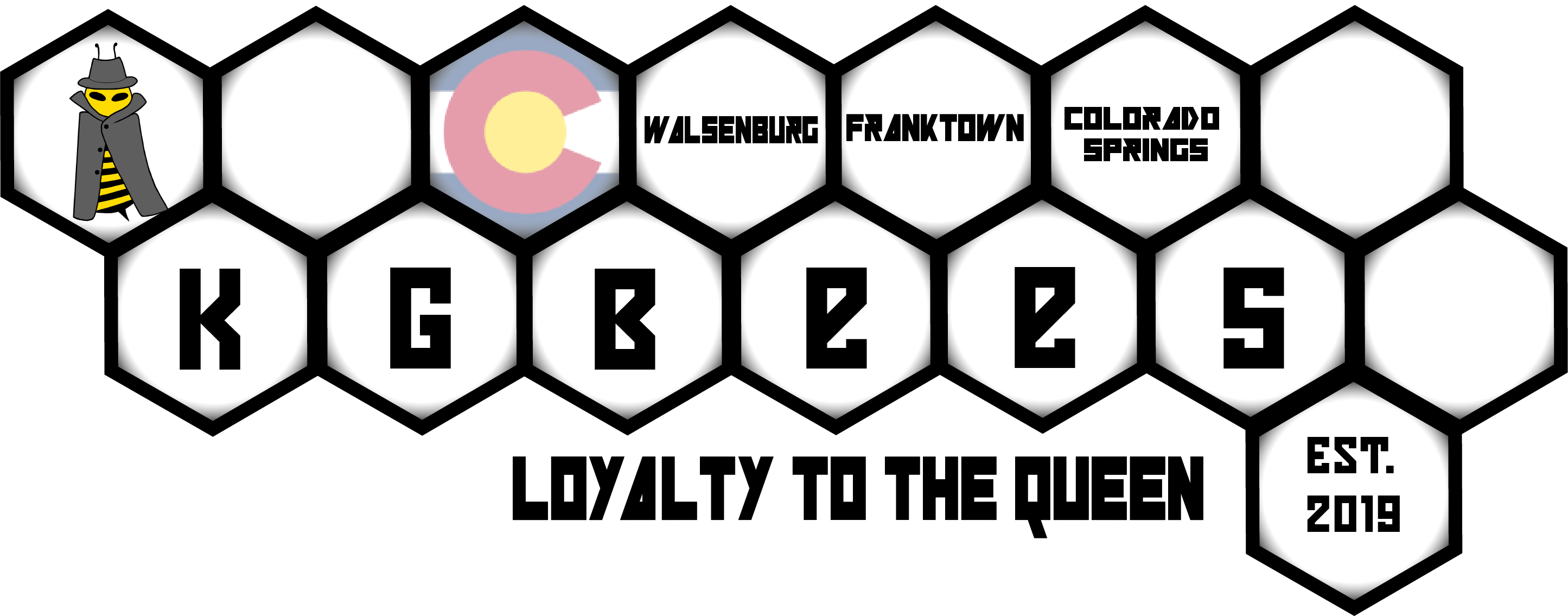
OUR APIARY LOCATIONS
Colorado SpringsFranktown
Walsenburg
The Truth About Honey

Correctly Bottling Honey
Per the USDA, Honey sold in the US is required to be sold by weight. Our goverment regulates honey as a food rather than as a liquid. Would anyone like to purchase a 500 ml of swiss cheese?
Volume is clearly not an appropritate measurement to accuratlely assess the amount of food a particular vendor is providing in the packaging due to density differences. Honey however, is less obvious that there may be differences in the amount offered, but variations do occur. All agricultural items have a generally accepted measurement method, and honey is by the weight.
So what, honey is sold by the weight and not volume? Confusion begins quickly when you realize 11.5 fluid ounces of honey weighs 16 ounces.
Common bottling materials such as mason jars are marketed and sold based on a volumetric fluid ounces, and the amount of honey they hold is signifcantly different that the fluid ounce listed on the packaging.
I see it all day every day, "Local Honey, availble in 8, 12, 16, 24 ounce mason jars," or even worse, they use the volumentric names, "pint, quart..."
Those sellers are actually selling 10.88, 16.32, 21.76, 32.64 ounce jars of honey!
There are a few honey sellers understand this issue.
They understand that a half-pint mason jar (12 ounces) holds almost exactly 16 ounces (weight) of honey. they begin to market that product as 16 ounces to complete with other honey sellers. However the problem arises when they use a quarter-pint (8 fliud ounces) and then market that as 12 ounces (weight) of honey. that is clearly not true, as that bottle would only hold 10.88 ounces (weight).
Confusing am I right?
The solution has been solved about a hundred years ago when jars specicically designed for honey were introduced that hold the correct amount of honey. They are called honey jars!
KGBees uses the traditional style of honey jar, called queenline.
The Truth About Organic Honey
There is a recent craze about all products people purchase or consume being labeled as "Organic." However, very few people actually understand what that truly means from a production or agricultural standpoint.
The definition of organic is simple enough: "Food produced or involving production without the use of chemical fertilizers, pesticides, or other artificial agents."
So could honey meet the definition of organic? Absolutley! Well maybe it is not that simple.
Organic as a word is simple, but organic as a marketing label is extremely complex. When the word organic is used to describe a food or drink, the USDA gets involved.
USDA has rules for who can use the word on packaging and who cannot. In the US, if you want to label your product as organic you would have to be inspected and confirmed with onsite inspections to meet the govermental definition of organic including any rules regarding your particular product.
The USDA has not adopted any rules about the certification or requirements to certify honey as organic. Therefore in the US, honey cannot be labeled as organic.
But wait, I saw oranic honey in a local natural food store! Look closely, you will see the product originated in most likely, Brazil.
The USDA has rules that allow products labled as organic certified by other countries to be sold in the US. Brazil created rules that allow a certification process of honey, the level of accuracy or corruption is in question.
So why hasn't the USDA created rules to allow certification of honey? It really comes down to the product and how the bees create the product. A beekeeper can do everyhting correct and have all organic processes but the beekeeper cannot control where the bees forage. If the agricultural property 3 miles away uses a chemical fertizer, the bees can forage from that plant and bring back that non-organic nectar or pollen. unless you can control the roughly 50,000 acres the bees can forage, there is no guarantee that the bees did not bring back a chemical.
At KGBees, we try to make our product as close to organic as possible, but unfortunately we will likely never be able to legally market our product as "Organic," nor will any other honey producer in the US. We stagetically locate our hives more than 5 miles from any significant agricultural operation to virtually eliminate any chances of chemical contamination.
Varietal Honey
Everyone is after that new or classic honey variety such as clover or sunflower, but do you really know what that means?
In a simple sense, it is just honey made from the nectar of that particular plant, but as mentioned before you cannot typically control where bees forage for the nectar. Beekeepers however, have discovered different ways to almost guarantee a nectar source for a honey harvest.
A beekeeper simply moves the hives to a large, usually agricutural field when that variety is about to bloom. They place empty honey supers on the hives and simply wait. When the bloom is nearing an end, they harvest those supers. As a double incentive, the beekeeper usually gets paid a pollination contract by the farmer. When done correctly, the result is honey that is made from nectar that was almost exclusivley foraged from that plant variety.
Honey has the largest amount of food fraud in the country, and these vareital flavors are a common source of misinformation or deception. Adding an extract may seem far fetched to add to jar of honey to call it "lavendar honey" but it does occur. A much more common deceptive practice is marketing a honey as a particular variety when the hives never moved locations and the hives are not located near a large enough field of that plant. Sometimes this occurs with lack of knowledge on the beekeeper. It is hard to understand the sheer amount of flowers a bee will forage in any given day.
Wildflower honey is sometimes simply the name given to a variety that cannot be tracked down to specfic plant in bloom. That really is a diservice to the industry, as wildflower honey is much more than a misfit of nectar sources. Here at KGBees, we work very hard to assure our honey, similar to other varieties, is single source of wildflower. It may seem a little counter intuitive, as wildflowers are hundreds of different flowers, but there are definitve flowers that are not "wildflowers" such as commercial agricultural farms. When an apiary is near farming that has foragable nectar or even in a developed city, is it really wildflower honey? It is not, because you can taste the difference!
Common Beekeeper Practices
Here at KGBees, we believe the bees come first, and with healthy bees quality products will follow. There are several practices common to modern beekeepers that we avoid due to the obvious and not so obvious problems associated with those actions.
Naturally, as a agricultural practice on its own, beekeeping and farming typically line up well together in both the geographic location and maintenance needs. However modern agricultural practices are focused on the farming product, with little thought given to the biodiversity the region supports.
KGBees does not offer any pollination services, as that would introduce unnatural enviornments and contaminates to the bees and the products.
